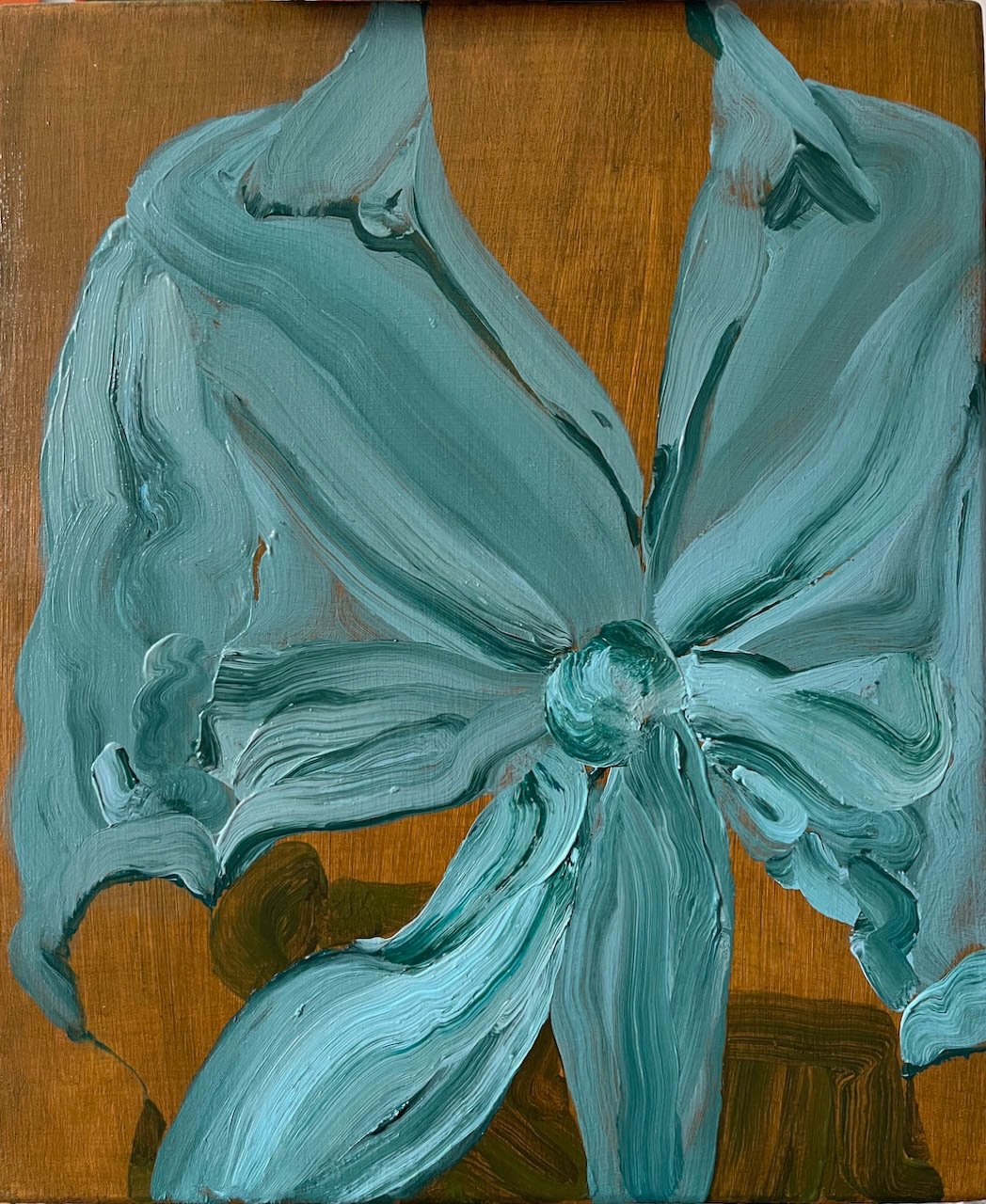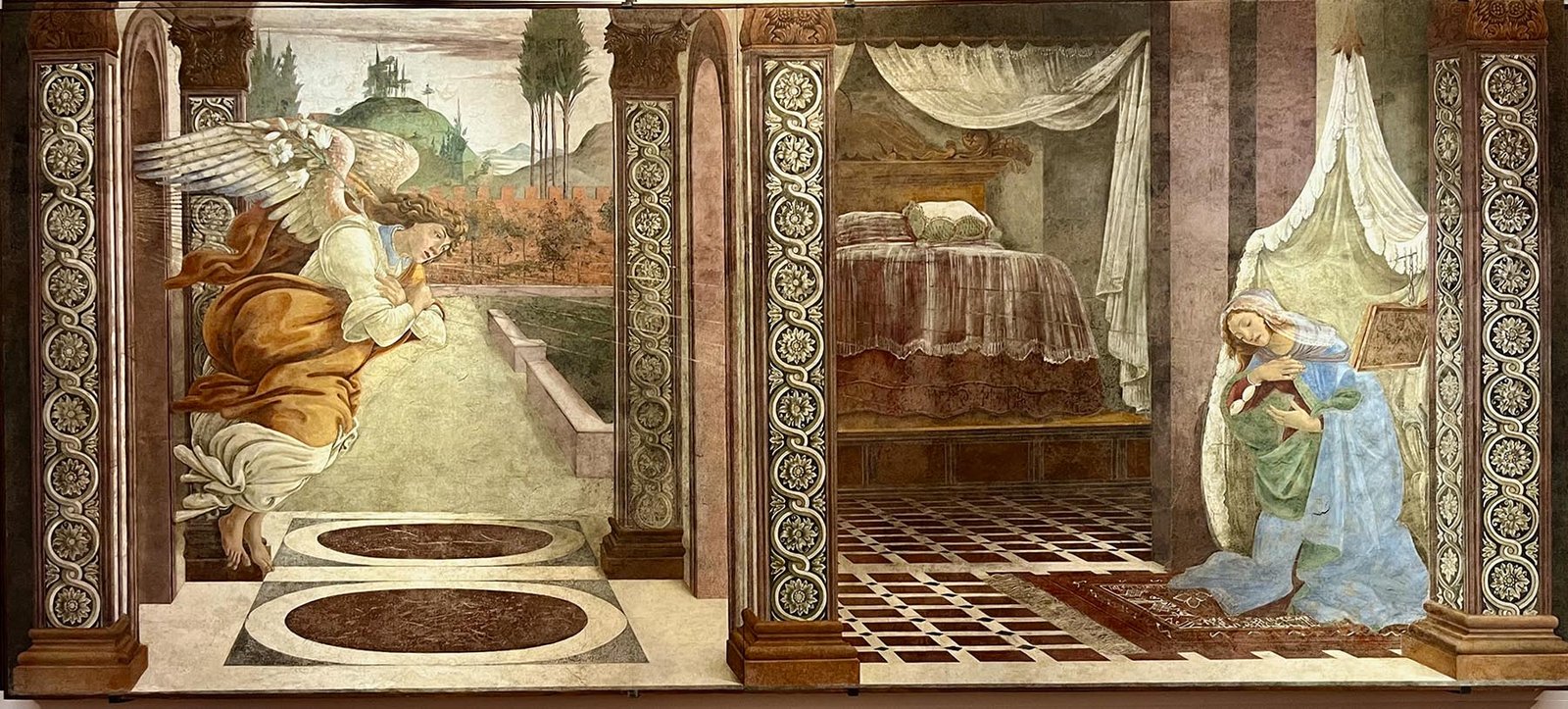18 Sep Renaissance Art Road Trip
Hello, I’m back after a break from newsletters and social media for the summer. I have been busy learning and art making.
In July we went on an Italian art road trip. It’s part of a period of classical art education that I am undertaking and I will unfold the story for you in the coming weeks and months.
Our first stop was Carrara, on the coast of Tuscany, whose marble quarries supplied Michelangelo with the stone for David. I hand delivered this painting that I had sold online.

We then headed south, to Florence for two nights. We could see Brunelleschi’s cathedral dome from our hotel window. Considered the founding father of Renaissance architecture, he was the first person to understand the mathematical technique of linear perspective in art. This was to prove a crucial development in the Florentine Renaissance.

The next day we decided to tackle the Uffizi. There has been a significant re-hang since I was last there which really worked for me. The most successful change was moving the artists’ self-portraits from the Vasari corridor, where some had been since the days of the Grand Duke of Tuscany. This corridor is an enclosed raised walkway that allowed the Duke to walk untroubled from his residence, the Pitti Palace, to work at the ‘Uffizi’ (offices) above the heads of his subjects.
The self portraits now have their own sequence of twelve rooms at the end of the itinerary.
https://www.vasaricorridortour.com/info/
Brunelleschi’s work on perspective had a profound effect on many Renaissance painters in Florence, including Botticelli and Leonardo.

Botticelli’s Annunciation, 1481
This isn’t a conventional Botticelli, as it’s very focused on the use of perspective and architectural space. I enjoy the flow and movement of the angel’s clothing as he arrives in Mary’s room.

Leonardo da Vinci’s, Annunciation, 1472
Here is Leonardo’s version of the same event. Mary’s lectern shows that he still had things to learn about perspective. His fabric folds are impressive, as are the graphic shapes he has found to represent different varieties of trees. He explores nature and the cycle of life. It’s interesting how Botticelli’s angel floats, to remind us that he is a spiritual being. In contrast Leonardo’s angel is embodied, grounded in a garden, while still having wings that symbolise freedom from physical constraints.
I have recently studied a course on classical techniques for the drawing of drapery and folds. During this I have gained some understanding of how the way fabric is treated in art can reveal the history of a culture.
Here is my study of the Pipe fold. They typically fall straight down, requiring an abundance of cloth and can be used to convey calm and order, looking like columns, so favoured in neo classical art.
In the lower half of the drawing, you can see what happens when an obstacle interrupts the fall of pipe folds, causing them to dramatically crack, or collapses, creating new planes and connecting with other folds.

Have a good week!
Fiona


